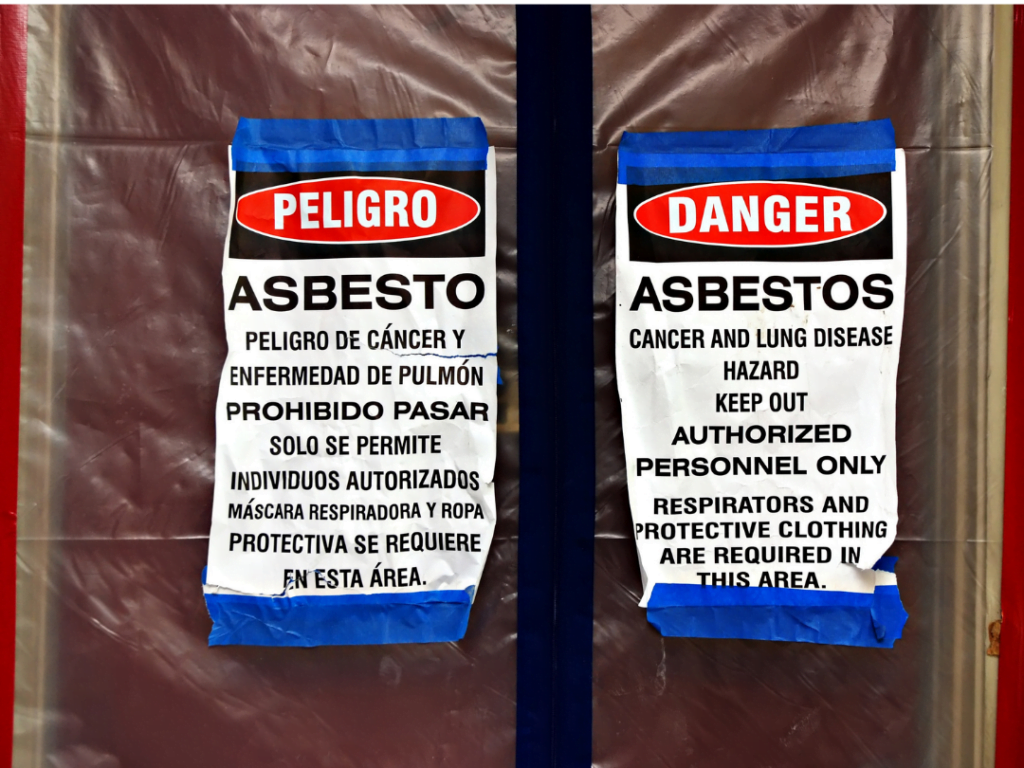In recent years, there has been an increased focus on the dangers of white-collar jobs that are related to health. This is due to the rising number of people who are employed in these types of jobs.
The term “white-collar” is used to describe jobs that are typically office-based and require little to no physical labour. These jobs are often seen as being less dangerous than jobs that involve manual labour. However, there are a number of dangers associated with white-collar jobs.
Stress
One of the most common dangers of white-collar jobs is stress. Stress can lead to a number of health problems, including heart disease, high blood pressure, and depression. Stress can also impact a person’s ability to focus and make decisions.

Repetitive Motion Injuries
Another danger of white-collar jobs is repetitive motion injuries. These injuries often occur when a person performs the same task over and over again.

For example, typing on a keyboard or using a mouse can lead to repetitive motion injuries of the wrists, hands, and fingers.
Exposure To Harmful Effects
Another danger of white-collar jobs is the probability of being exposed to harmful effects that may include unneeded electromagnetic energy or chemicals that may exist in the office environment.

Many office jobs require the use of computers, which may emit harmful electromagnetic fields. Staring at a computer display for a long time also has its toll on the eyes and the nervous system.
Additionally, office buildings often contain high levels of pollutants, which can lead to respiratory problems.
Long Working Hours
Finally, white-collar jobs can also be dangerous because of the long hours that many people work. Sitting at a desk may entice people to spend more and more time working. This can lead to mood swings, vitamin D deficiency, sleep deprivation, and many other conditions which can impact a person’s health and well-being.
How Do We Mitigate Those Risks?
While there are several dangers associated with white-collar jobs, there are also a number of ways to mitigate these risks. For example, employers can provide their employees with stress-reducing benefits, such as on-site fitness facilities and meditation rooms.
Additionally, employers can encourage their employees to take breaks throughout the day and to use ergonomic office furniture. They can also introduce monthly exercise competitions that may encourage employees to move and be more active in both summer and winter. Frequent stretches and simple exercises can also be helpful. Those sitting exercises can improve the problems of repetitive motion injuries and relieve them if you already have them.

Employers may need to frequently test the office atmosphere for asbestos traces, and look for the healthy office and computer setups that involve decreasing the usage of WiFi and Bluetooth connections and using electric cords instead, minimizing the use of cell phones, not sitting next to a router or an emitter, and other methods to mitigate those types of risks.
Finally, employers can provide their employees with information about other dangers of white-collar jobs and how to stay safe while working in these environments.






